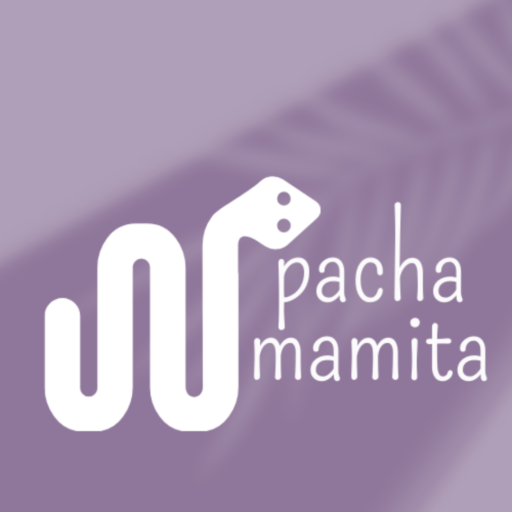![]()
The oldest bottles in all of America were made by potters on the Ecuadorian coast. They appeared at the end of the Valdivia culture (1,800-1,500 BC); however, this cultural tradition flourished with the Machalilla culture on the coast and with the Cotocollao culture in the mountains and in various areas of the Ecuadorian Amazon.
In the Chorrera culture, it reached its highest artistic representation, since it portrayed people, animals and plants. The containers imitate all the forms of nature, whether vegetables (pumpkins, tubers, fruits) or animals (monkeys, fish, birds, etc.), in such a faithful way that it is easy to recognize the species represented. The natural symbols of ancestral indigenous thought were captured in these objects.
Bottles were the objects to which the greatest attention was given in the decorative aspect, since they were used in ritual libations of chicha (a fermented drink based on corn or yucca starch). For this reason, they are often found in tombs, as a funerary offering, since the American Indians cared more about the tombs than their own homes.
Bottles occasionally have a whistle that works when pouring the liquid, especially the zoomorphic ones that reproduce the sound of the animal represented. It is a special technique to "give voice" to a vessel during acts to evoke ancestors and other spirits (Stothert, 2006).
There are various forms: some have a single spout and others have a double spout. Sometimes they have two communicating bodies.
Native American artists continued this custom for thousands of years, as it is present not only in several later cultures of Ecuador, but also in Peru, Colombia, Costa Rica and Mexico.
Ecuador, Milestones of its pre-Columbian past. p. 45
Santiago Ontaneda Luciano

